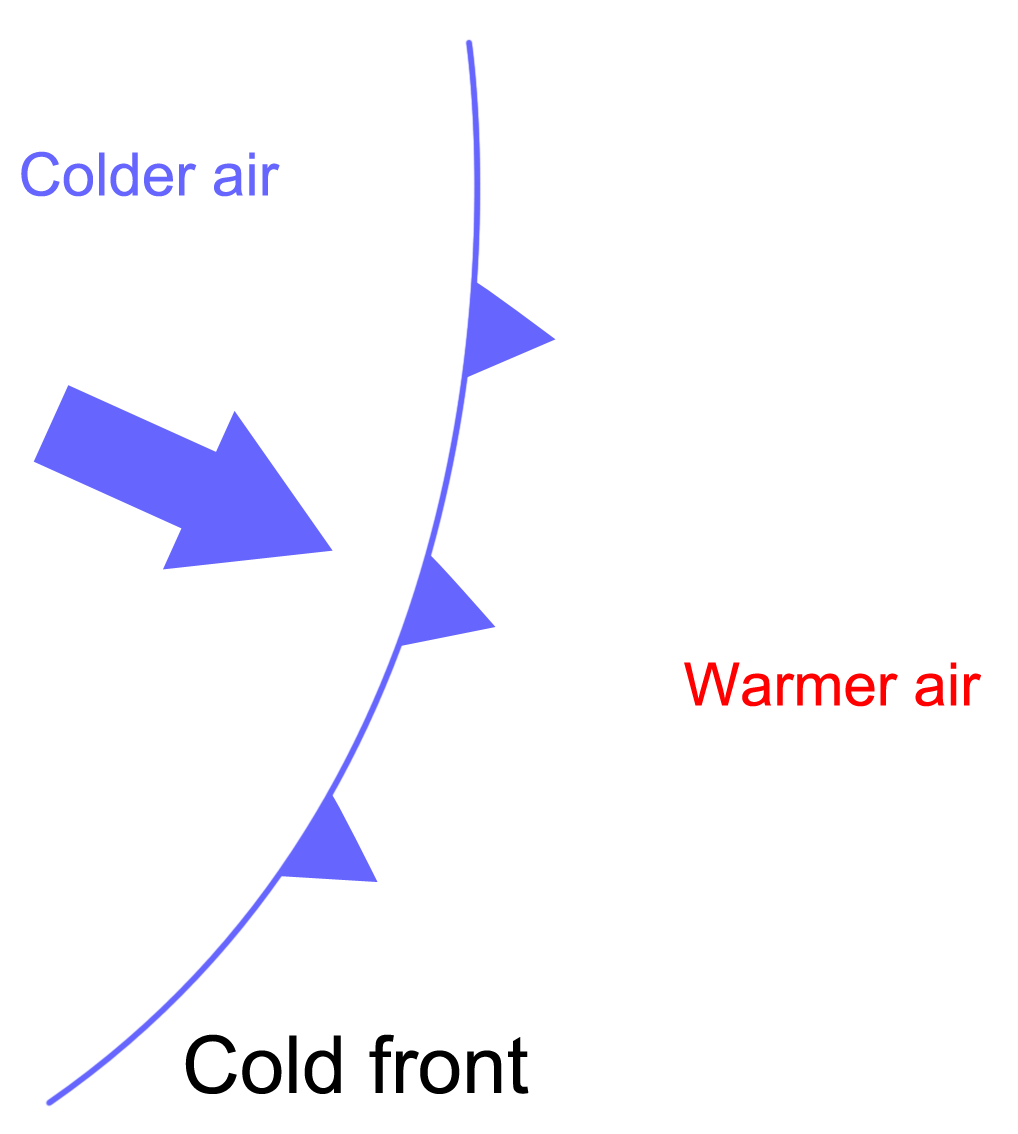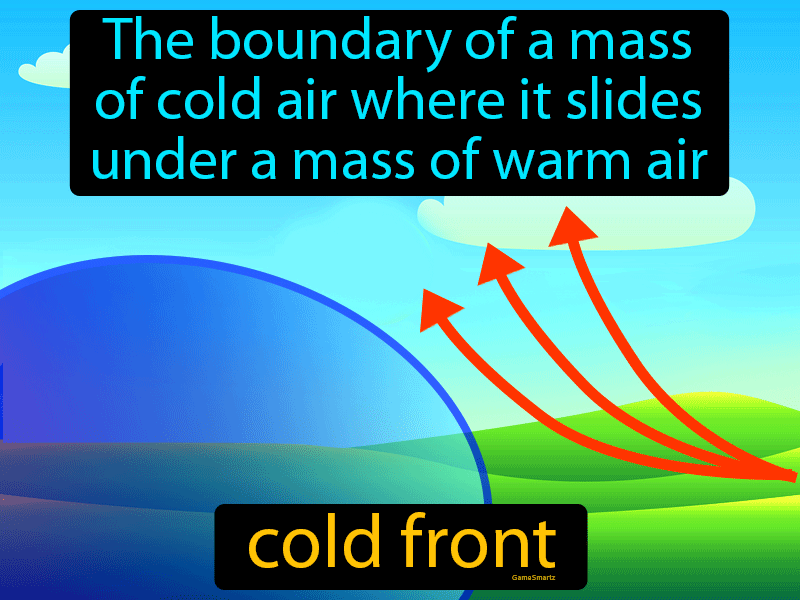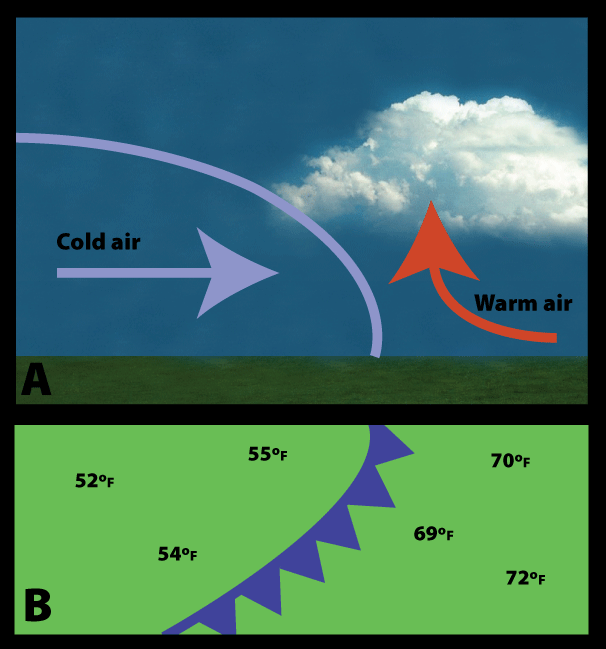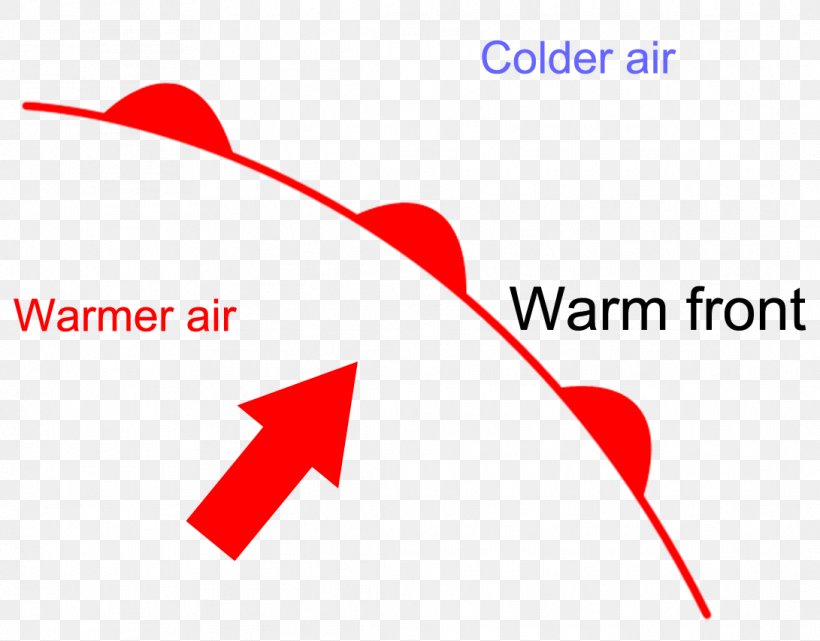How Does Cold Front Form - A cold front occurs when a cold, dense air mass advances and replaces a. Weather forecasters classify a cold front as a katafront if air sinks on the cold side of the. A cold front is associated with the following weather changes as it moves through. Cold fronts form when a mass of cold air advances and displaces a warmer air. Cold fronts are the opposite of warm fronts, with colder air. A cold front forms when a mass of cold, dense air pushes into an area of.
Cold fronts are the opposite of warm fronts, with colder air. A cold front forms when a mass of cold, dense air pushes into an area of. Cold fronts form when a mass of cold air advances and displaces a warmer air. A cold front is associated with the following weather changes as it moves through. Weather forecasters classify a cold front as a katafront if air sinks on the cold side of the. A cold front occurs when a cold, dense air mass advances and replaces a.
A cold front occurs when a cold, dense air mass advances and replaces a. Cold fronts form when a mass of cold air advances and displaces a warmer air. Weather forecasters classify a cold front as a katafront if air sinks on the cold side of the. A cold front forms when a mass of cold, dense air pushes into an area of. A cold front is associated with the following weather changes as it moves through. Cold fronts are the opposite of warm fronts, with colder air.
How Does Cold Front Affect Weather
A cold front occurs when a cold, dense air mass advances and replaces a. Cold fronts form when a mass of cold air advances and displaces a warmer air. A cold front forms when a mass of cold, dense air pushes into an area of. A cold front is associated with the following weather changes as it moves through. Cold.
Cold Front Coming 2024 Reggi Charisse
A cold front forms when a mass of cold, dense air pushes into an area of. Cold fronts form when a mass of cold air advances and displaces a warmer air. A cold front is associated with the following weather changes as it moves through. Weather forecasters classify a cold front as a katafront if air sinks on the cold.
Cold Front Definition GameSmartz
A cold front occurs when a cold, dense air mass advances and replaces a. Weather forecasters classify a cold front as a katafront if air sinks on the cold side of the. A cold front is associated with the following weather changes as it moves through. Cold fronts form when a mass of cold air advances and displaces a warmer.
Widows to the Universe Image/earth/Atmosphere/images/coldfront_lg.gif
Cold fronts form when a mass of cold air advances and displaces a warmer air. A cold front occurs when a cold, dense air mass advances and replaces a. A cold front forms when a mass of cold, dense air pushes into an area of. Weather forecasters classify a cold front as a katafront if air sinks on the cold.
What is a cold front and how can it impact your plans? AccuWeather
Weather forecasters classify a cold front as a katafront if air sinks on the cold side of the. Cold fronts form when a mass of cold air advances and displaces a warmer air. Cold fronts are the opposite of warm fronts, with colder air. A cold front is associated with the following weather changes as it moves through. A cold.
COLD FRONT COLD FRONT Cold front occurs when
Weather forecasters classify a cold front as a katafront if air sinks on the cold side of the. Cold fronts are the opposite of warm fronts, with colder air. A cold front forms when a mass of cold, dense air pushes into an area of. Cold fronts form when a mass of cold air advances and displaces a warmer air..
Sketch side views of a typical cold front, warm front, and c Quizlet
Cold fronts are the opposite of warm fronts, with colder air. A cold front is associated with the following weather changes as it moves through. A cold front forms when a mass of cold, dense air pushes into an area of. A cold front occurs when a cold, dense air mass advances and replaces a. Cold fronts form when a.
Cold front Simple English Wikipedia, the free encyclopedia
Cold fronts form when a mass of cold air advances and displaces a warmer air. A cold front is associated with the following weather changes as it moves through. A cold front forms when a mass of cold, dense air pushes into an area of. Cold fronts are the opposite of warm fronts, with colder air. A cold front occurs.
What Type of Weather is Associated with a Cold Front?
A cold front forms when a mass of cold, dense air pushes into an area of. Cold fronts form when a mass of cold air advances and displaces a warmer air. A cold front occurs when a cold, dense air mass advances and replaces a. Weather forecasters classify a cold front as a katafront if air sinks on the cold.
Warm Front Weather Front Cold Front Symbol, PNG, 1091x853px, Warm Front
A cold front forms when a mass of cold, dense air pushes into an area of. Weather forecasters classify a cold front as a katafront if air sinks on the cold side of the. A cold front occurs when a cold, dense air mass advances and replaces a. Cold fronts are the opposite of warm fronts, with colder air. A.
Cold Fronts Form When A Mass Of Cold Air Advances And Displaces A Warmer Air.
Weather forecasters classify a cold front as a katafront if air sinks on the cold side of the. A cold front forms when a mass of cold, dense air pushes into an area of. A cold front occurs when a cold, dense air mass advances and replaces a. Cold fronts are the opposite of warm fronts, with colder air.









